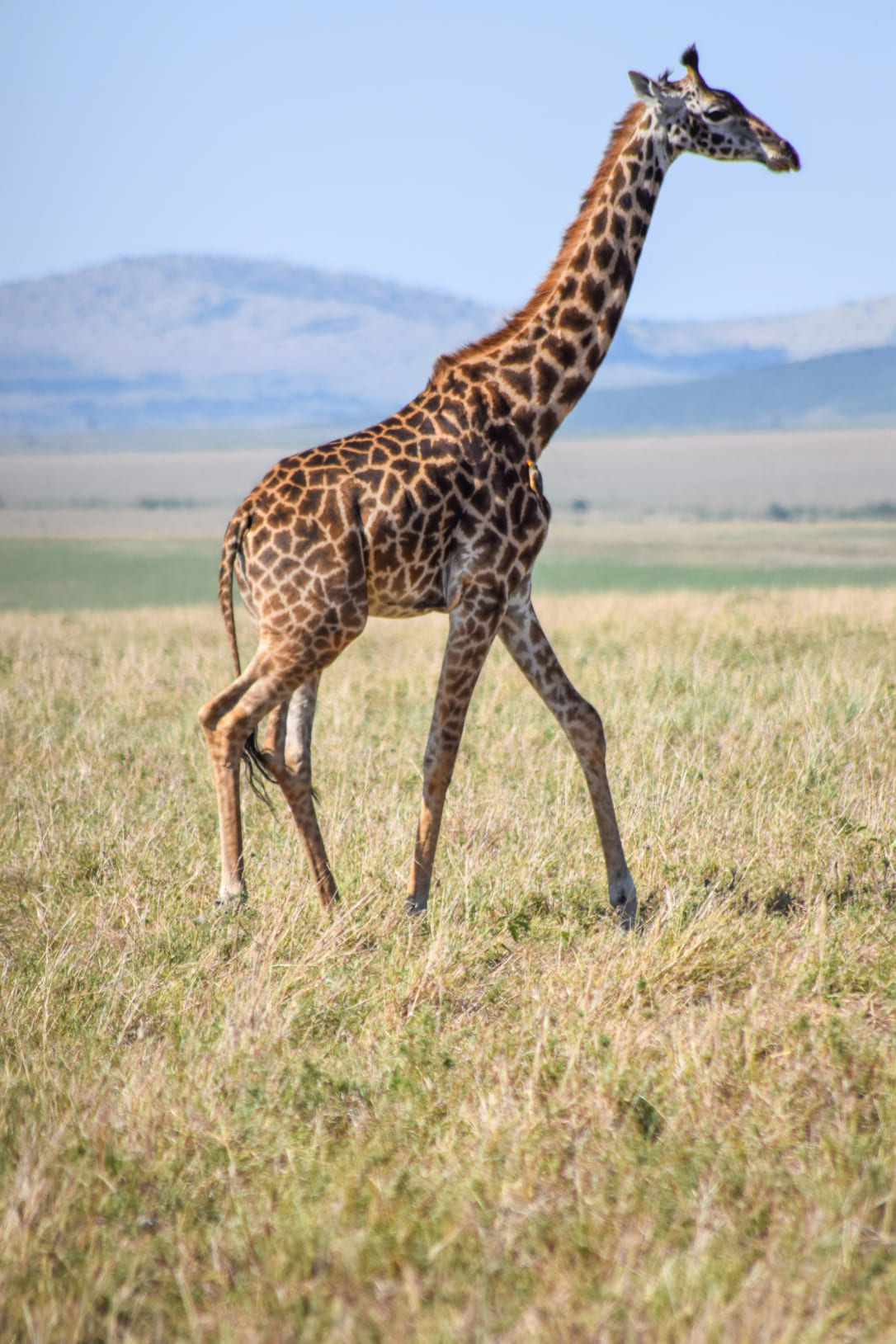
Northern Giraffe: Towering Guardians of the Savanna
The northern giraffe (Giraffa camelopardalis), standing tall as the tallest land animal on Earth, is an icon of the savanna. With its long neck, distinctive coat patterns, and graceful movements, the giraffe is both a marvel of evolution and a vital part of the savanna ecosystem. Each giraffe’s coat is unique, much like a fingerprint, with its patterns serving as camouflage against the golden hues of the grasslands.
The giraffe’s extraordinary height allows it to access food sources unavailable to other herbivores. Acacia trees are a favorite, despite their sharp thorns. Giraffes use their prehensile tongues, which can reach up to 18 inches (45 cm) in length, to skillfully pluck leaves and avoid the thorns. Their diets also provide much of their water intake, reducing the need to visit waterholes frequently and minimizing their vulnerability to predators.
Giraffes live in loose herds, often comprising mothers and calves or mixed groups of males and females. Male giraffes engage in a behavior known as “necking,” where they swing their necks and clash heads to establish dominance. Despite their peaceful demeanor, giraffes are capable of delivering powerful kicks to fend off predators like lions or hyenas.
Sadly, giraffes face significant threats, including habitat loss and poaching for their meat and hides. Conservation efforts, such as anti-poaching measures and habitat restoration, aim to protect these gentle giants. Their towering presence and serene grace remind us of the beauty and interconnectedness of savanna life.




